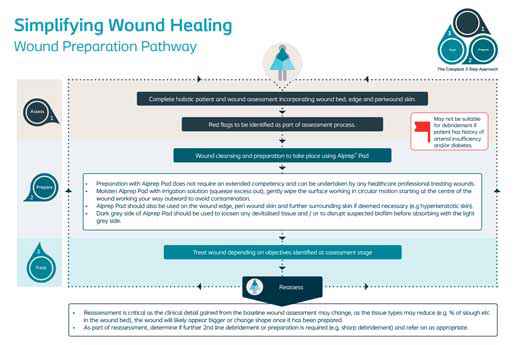Get full access with a free account
Benefits of the Coloplast® Professional Educational platform
![]() Full access to educational content, events and resources
Full access to educational content, events and resources
![]() Track your progress
Track your progress
![]() Share content with your colleagues
Share content with your colleagues
![]() Share supporting material with your patient
Share supporting material with your patient
Wound preparation
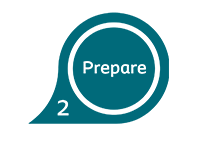 It’s clinically proven that cleansing and debridement speeds up wound healing1,2
It’s clinically proven that cleansing and debridement speeds up wound healing1,2
- Wound preparation is a crucial step in wound management1
- Proper wound preparation will lead to faster healing and improved patient care2
Simplifying cleansing & debridement to support optimal wound preparation
Wound preparation is a crucial step in wound management.
Slough, devatilised tissue and biofilms can all delay the wound healing process as they may:
- Increase the risk of infection
- Limit wound assessment
- Inhibit the development of healthy tissue
Delayed wound healing may lead to:
- Decreased patient quality of life
- Increased time burden of wound treatment
- Increased cost burden of wound treatment
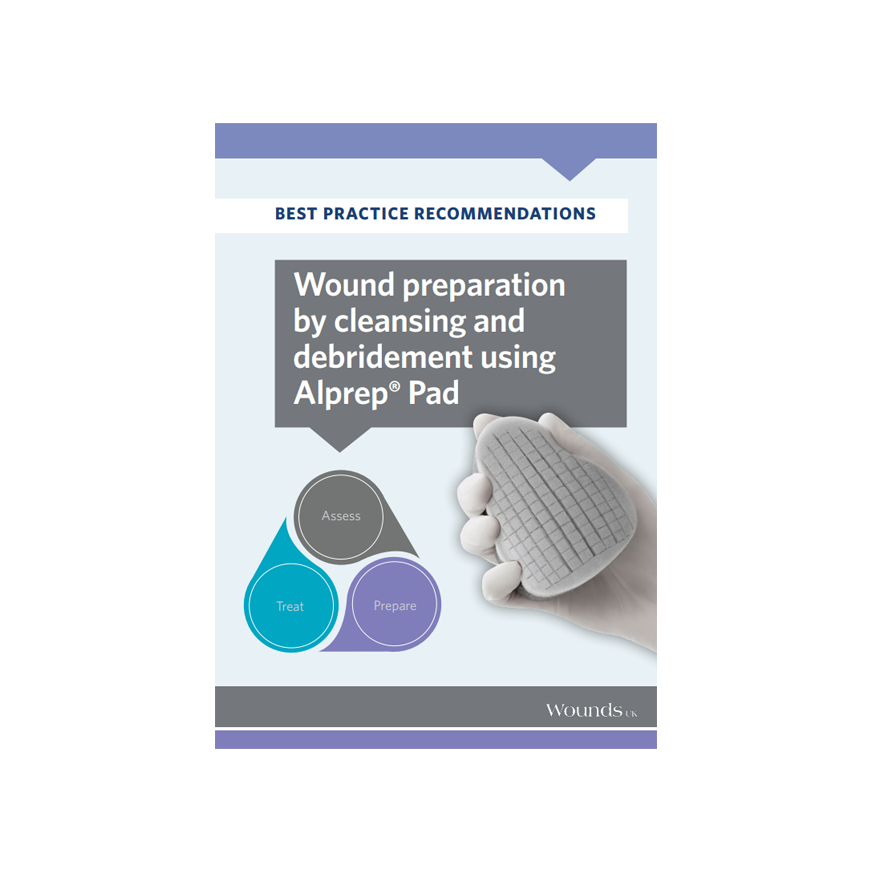
Best practice recommendations
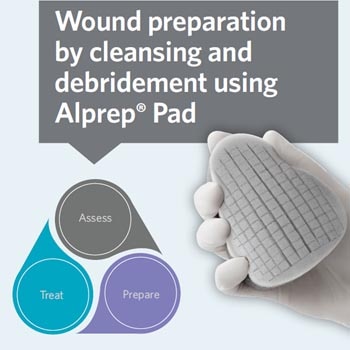 Wound preparation by cleansing and debridement using Alprep® Pad.
Wound preparation by cleansing and debridement using Alprep® Pad.
Wound preparation, which encompasses cleansing and debridement, involves preparing the skin and all areas of the wound for healing. Cleansing and debridement are clinically proven to speed up wound healing by removing slough, devitalised tissue and biofilm (Wilcox et al, 2013). Removing the barriers that may delay wound healing is a crucial step in wound care, allowing wound assessment, reducing risk of infection and promoting development of healthy tissue.
Benefits of Alprep Pad
Alprep Pad is a two-in-one cleansing and debridement tool designed for improved absorption and ease of use.
Two tools in one
The open structure of the dark grey foam is for loosening. The light grey softer foam is for absorbing and capturing.
Designed for improved absorption
Unique slits design increases the absorption and captures loosened slough, non-viable tissue and biofilms.
Easy and convenient to use
The special triangular shape makes for comfortable handling. The packaging can also be used to wet and hold the pad.
How to cleanse and debride a wound with Alprep Pad
You can use both sides of Alprep Pad - it is two tools in one.
The dark grey foam is for loosening and the light grey foam is for absorbing and capturing. Loosen first or absorb first, depending on the wound.
Alprep Pad has been specially designed to be easy to use and control, giving you the flexibility to reach areas in the wound where debridement is needed.
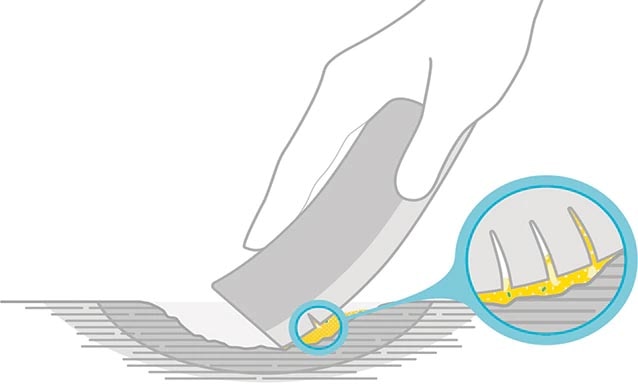
Learn how to use Alprep Pad
Case studies
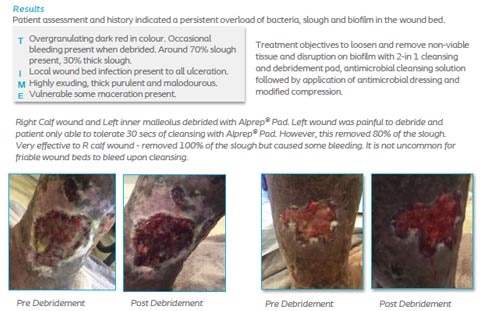
Treatment of suspected wound bed biofilm by mechanical debridement with 2 in 1 cleansing and debridement pad
- 70 yr old male with hard to heal and recurrent bilateral venous leg ulcers which were painful to debride.
- History of multiple DVTs and obesity
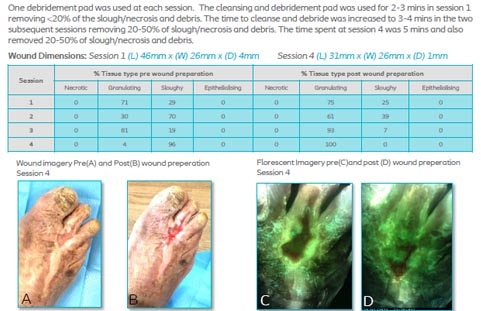
Results of a case series and satisfaction survey of a new wound cleansing and debridement pad
- 58 year old Venous Leg Ulcer with persistent and difficult to remove slough and high levels of exudate
- Diagnosis of Sickle Cell Anaemia, history of cervical spine fracture, total hip replacement, DVT and splenic abscess
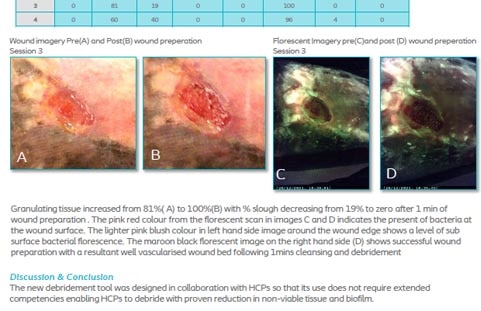
Results of a case series and satisfaction survey of a new wound cleansing and debridement pad in a management of biofilm
- 63 year old female patient with complex comorbidities.
- Dermatology Consultant classified wound as pyoderma gangrenousum with patient also presenting with signs of lymphovenous disease to lower limbs
- Wound duration of between 3 4 years.
Clinical Evidence
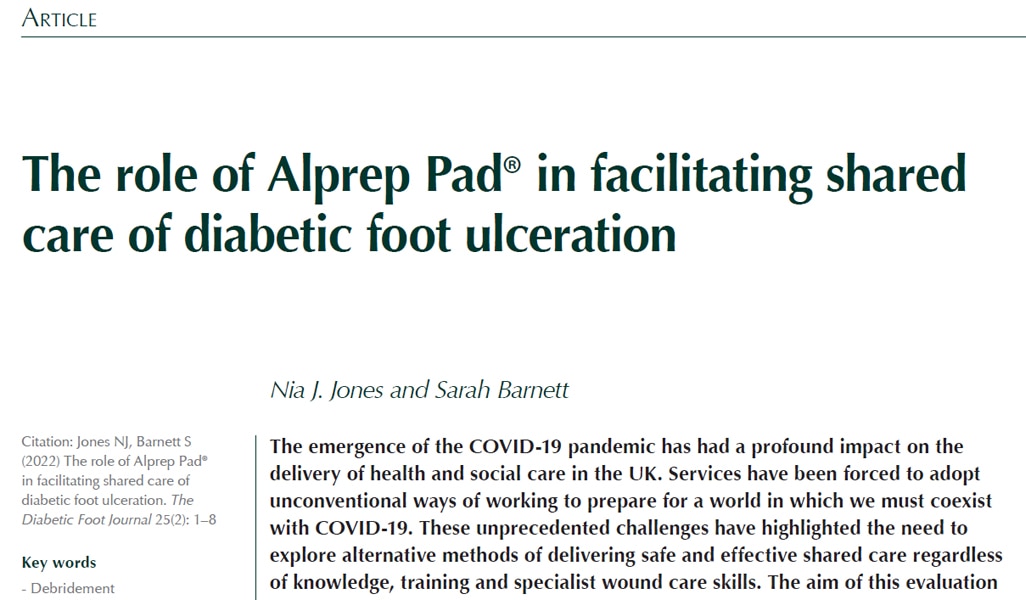
The role of Alprep Pad® in facilitating shared care of diabetic foot ulceration
The aim of this evaluation was to document initial clinical experiences of Alprep Pad® and record the cleansing and debriding and performance.
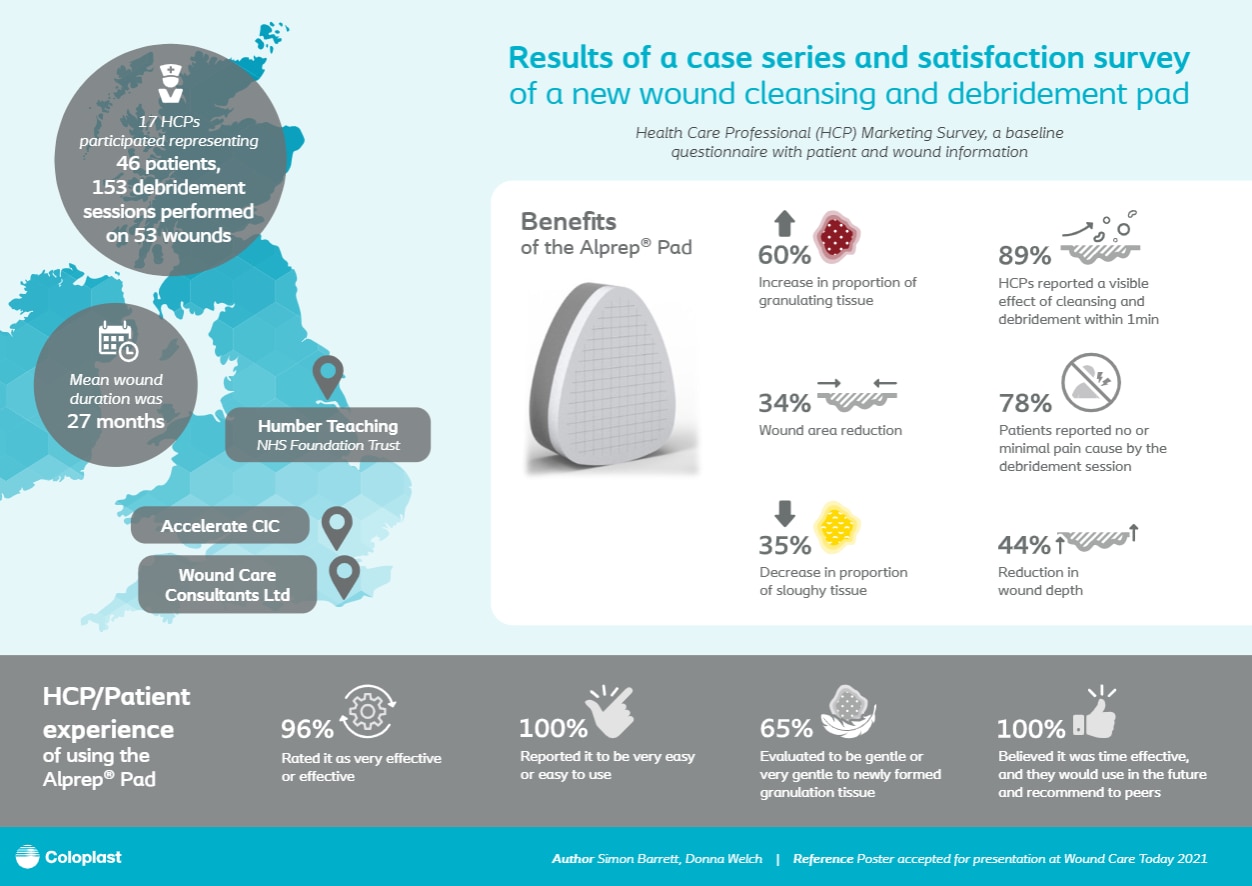
Alprep Pad use in Humber
Case study inforgraphic on the use of Alprep Pad in Humber Teaching NHS Foundation Trust. 89% of HCPs reported a visible effect of cleansing and debridement within 1 minute.
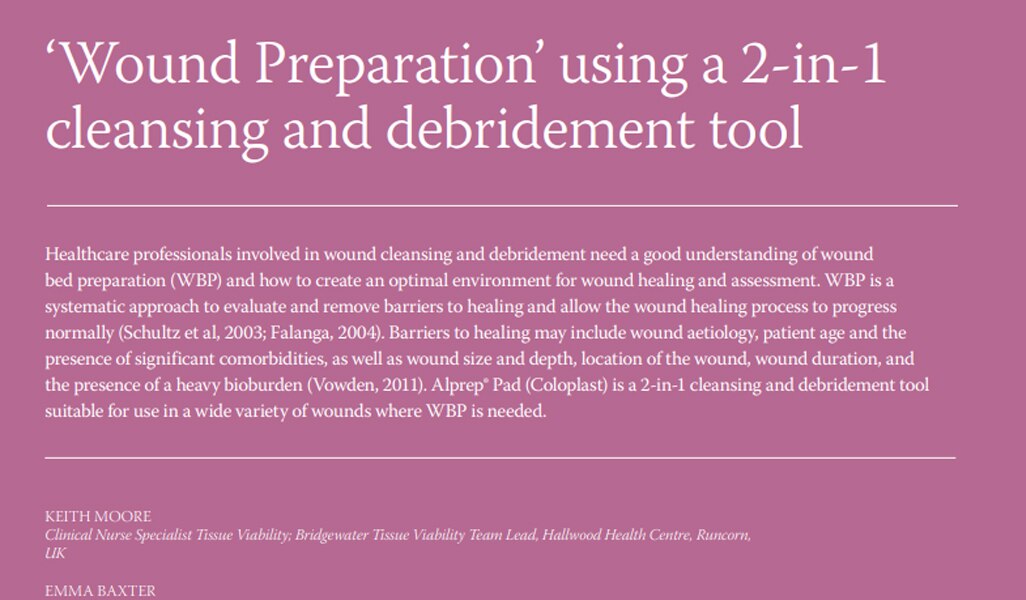
Alprep Pad Evaluation
Healthcare professionals involved in wound cleansing and debridement need a good understanding of wound bed preparation (WBP) and how to create an optimal environment for wound healing and assessment.
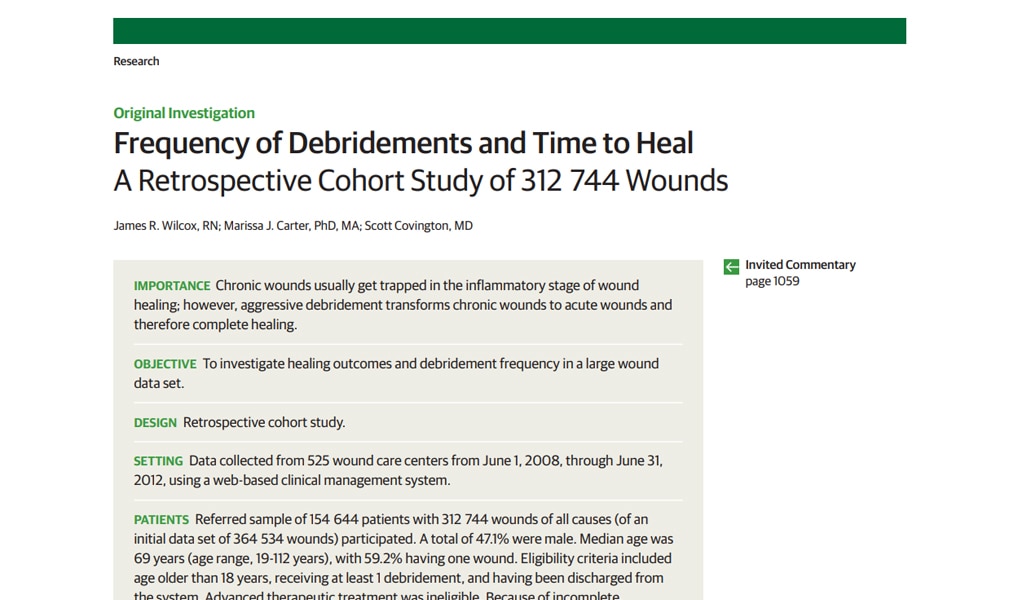
Frequency of Debridements and Time to Heal
A Retrospective Cohort Study of 312,744 Wounds
Wound Assessment
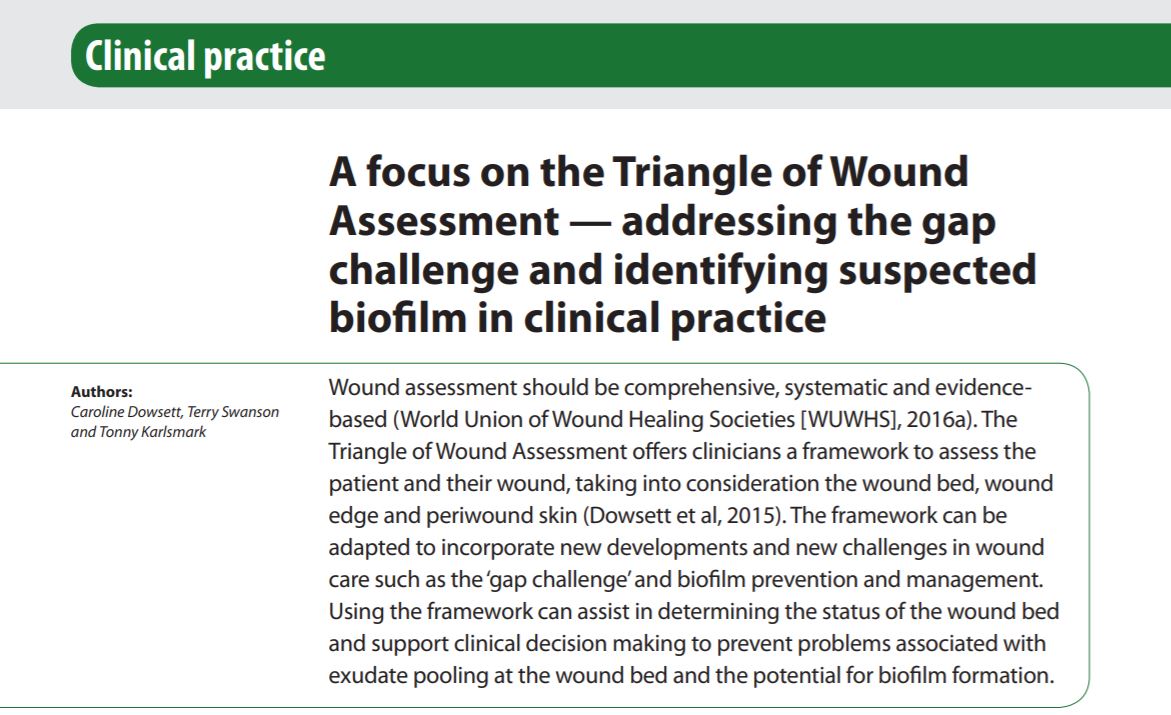
Updating the Triangle of wound assessment to include management of the gap and biofilms
Learn more about how to assess and manage the gap and suspected biofilms
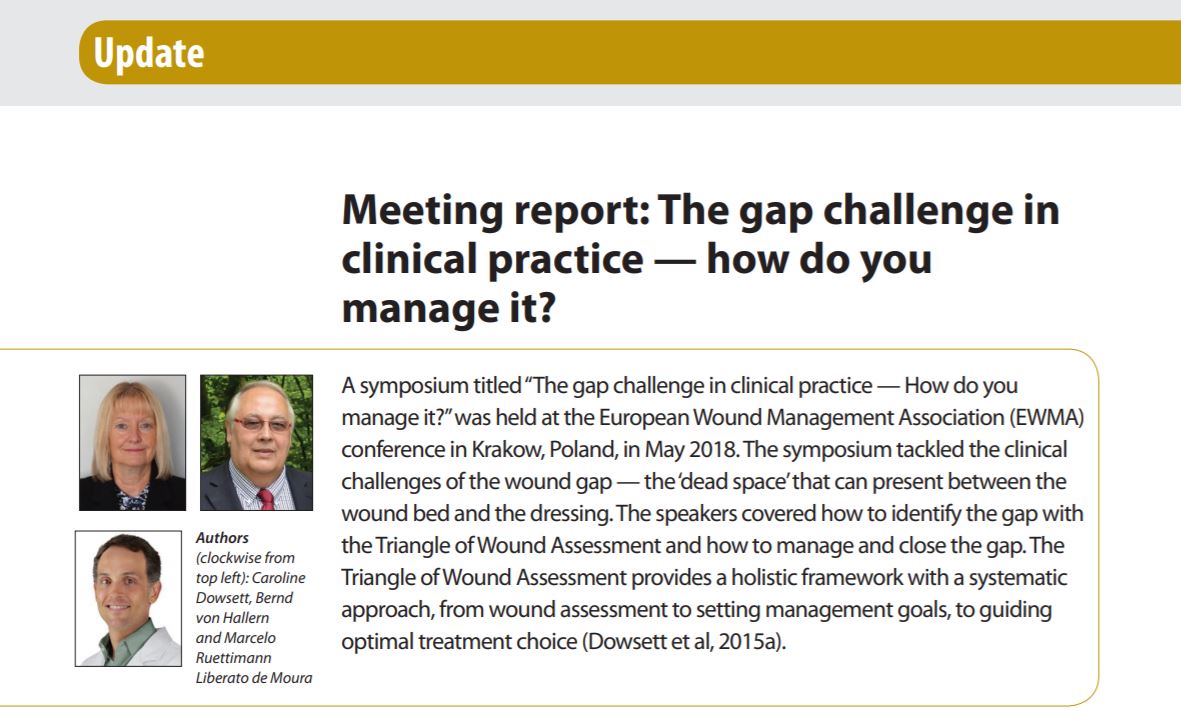
Using the Triangle of Wound Assessment to assess and manage the gap
Read more about how the Triangle can support the assessment and management of the gap
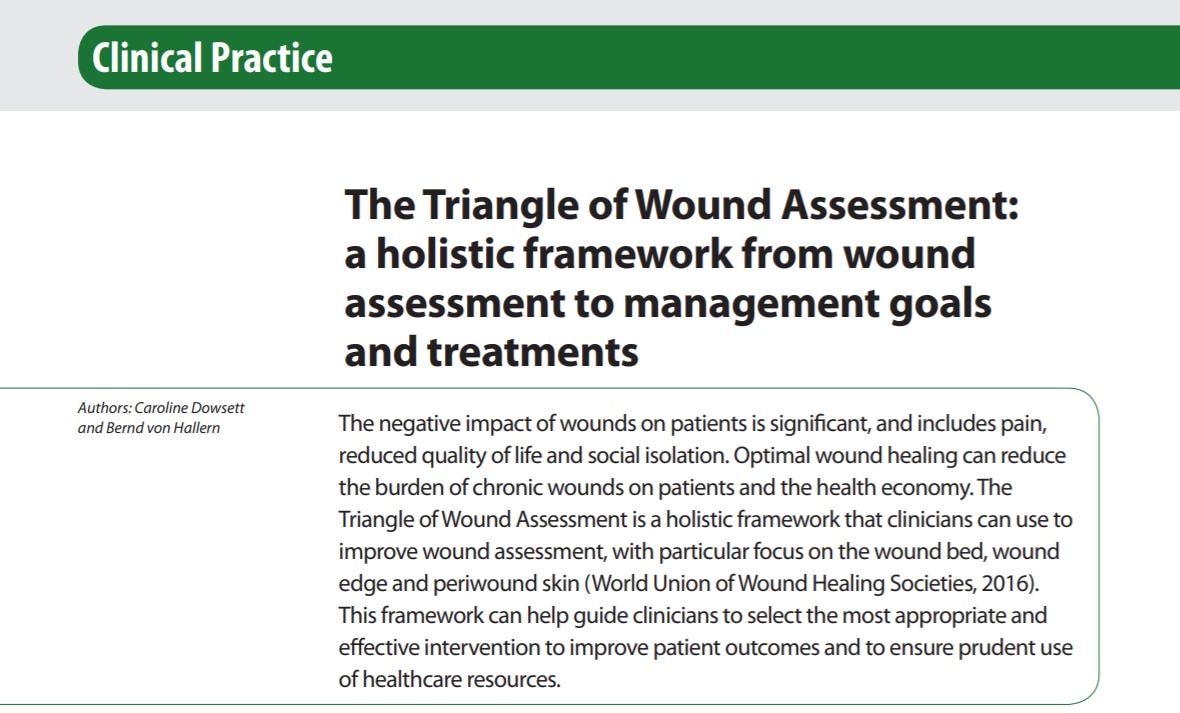
Using the Triangle to develop management goals
Learn more about how the Triangle support your decision making in developing a management plan
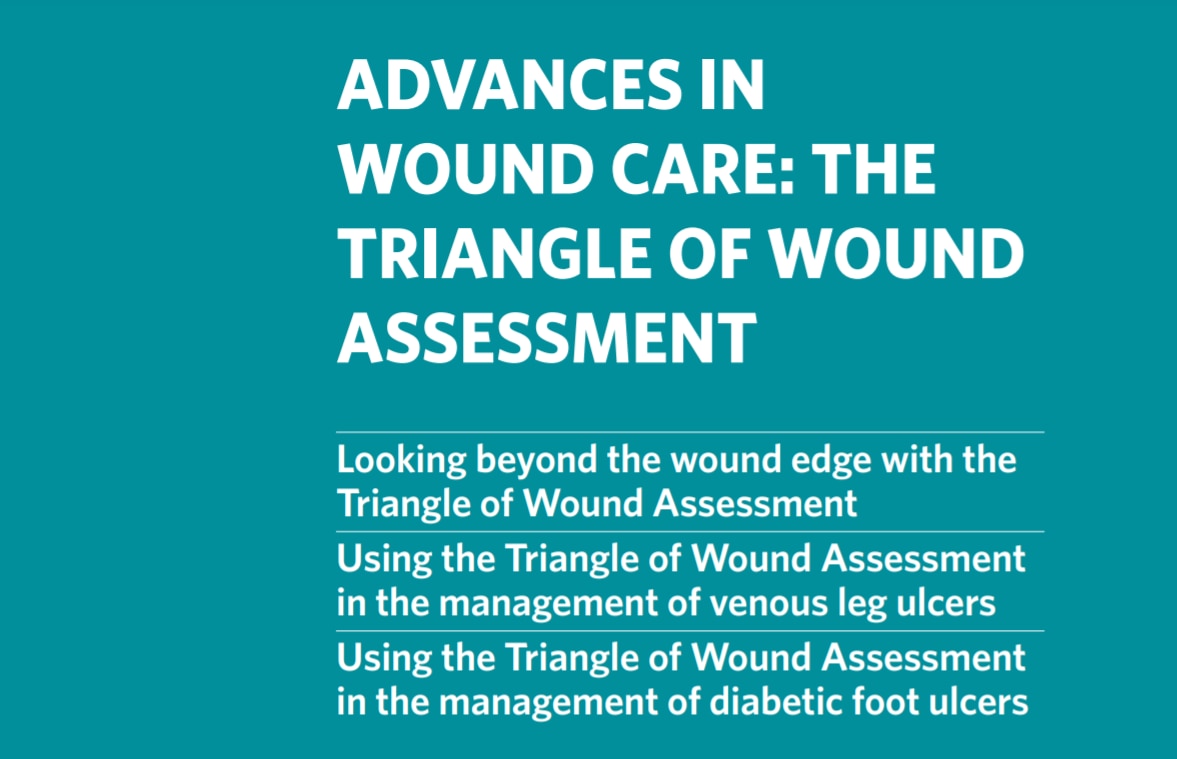
The Triangle of Wound Assessment used in clinical
Learn more about how the Triangle can be used in clinical practice to assess and manage different wound types
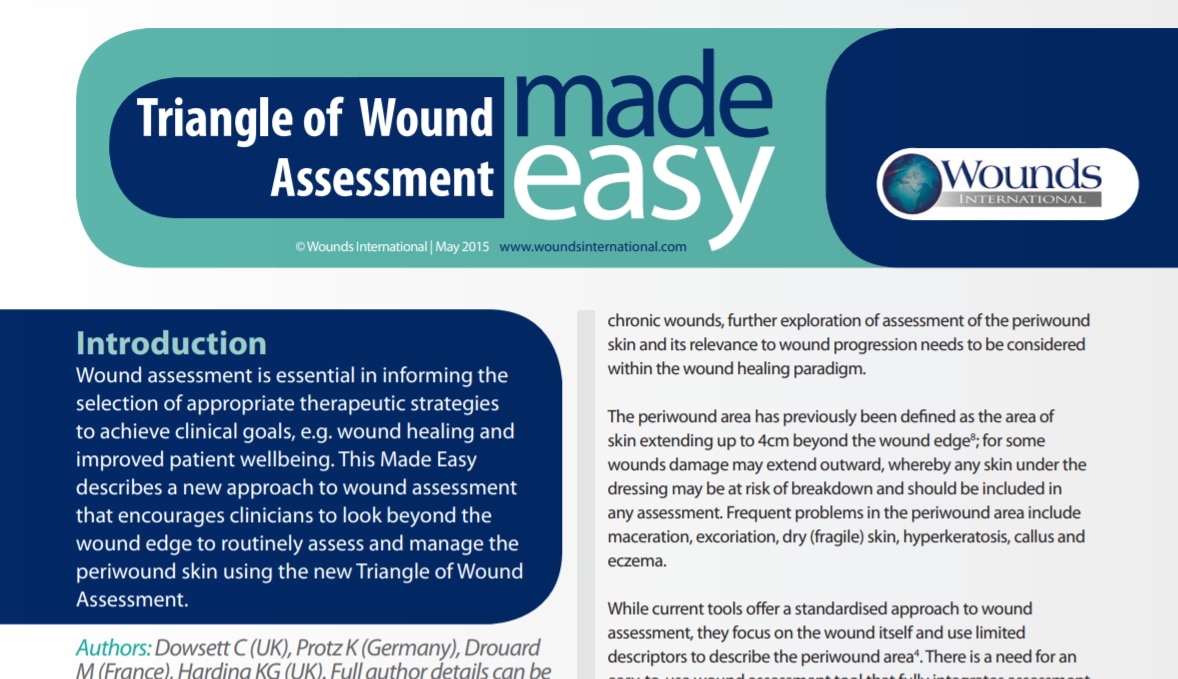
The Triangle of Wound Assessment simplified
Learn about the background and how to use the Triangle of Wound Assessment
Other recommended reading

Holistic wound assessment
- Why is wound assessment important?
- A structured approach to your wound care management plan
- Defining your wound care management plan and treatment goals
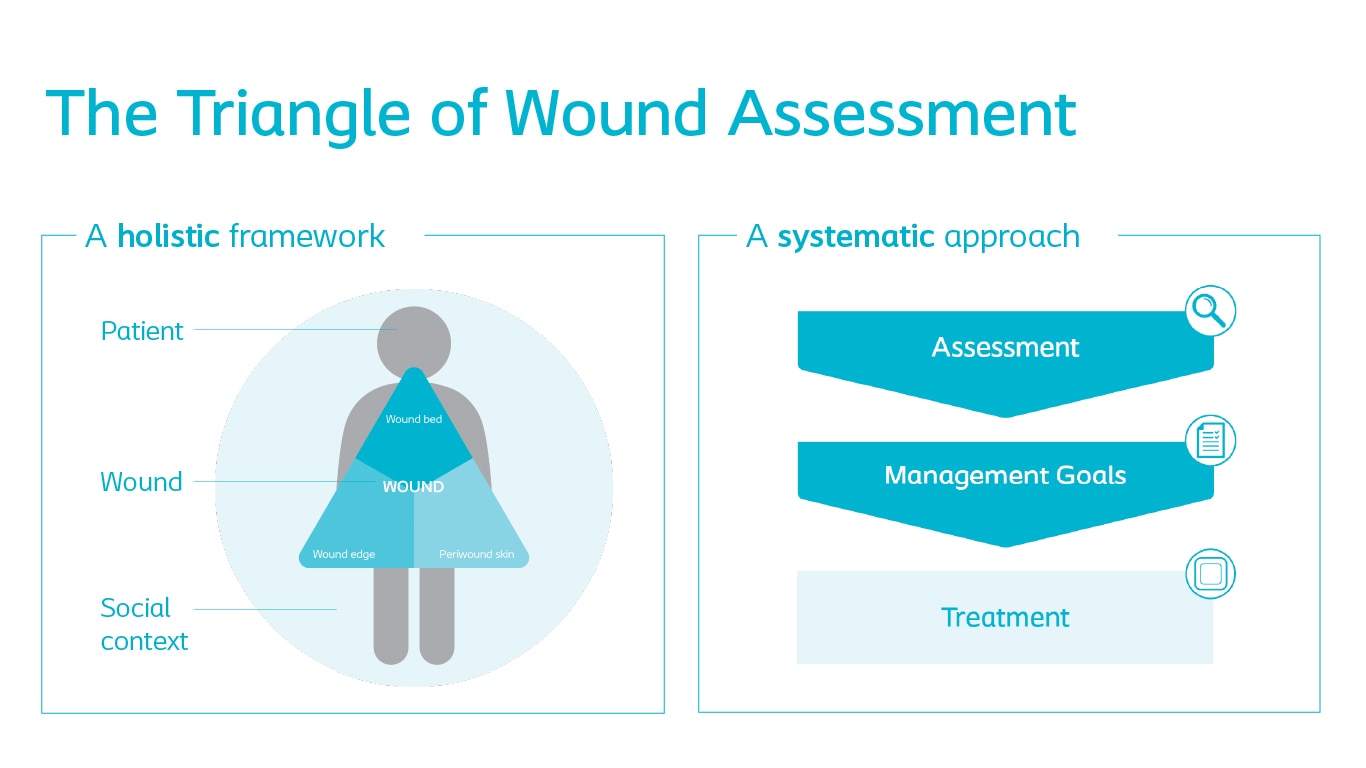
Wound assessment tools
- What is the Triangle of Wound Assessment?
- The three key areas of the wound
- How to use the Triangle of Wound Assessment tool
References
View references
- Wounds UK. (2013). Effective debridement in a changing NHS: a UK consensus: London.
- Wilcox, J. R., Carter, M. J. and Covington, S. (2013). Frequency of Debridements and Time to Heal: A Retrospective Cohort Study of 312 744 Wounds. JAMA Dermatology, 149(9): 1050-1058

